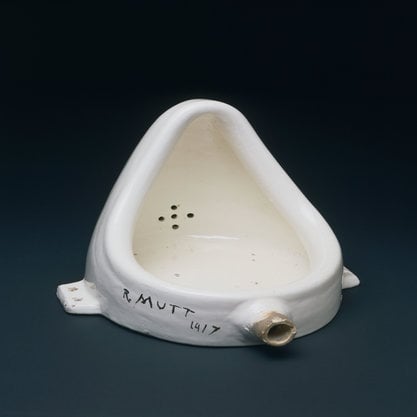Article
Burroughs, William S. (1914–1997) By Lam, Joshua
Article
Born in St. Louis, Missouri, William S. Burroughs was a major figure of the Beat Generation. He is known primarily for his controversial novel Naked Lunch (1959)—the subject of a US obscenity trial—and for his use of the cut-up technique, developed by his friend, British-born artist Brion Gysin. The technique involves cutting up and reassembling text or film in random order to produce non-linear anti-narratives; influences include Dadaist collage procedures and T.S. Eliot’s “The Waste Land.” Using this technique, Burroughs collaborated with Gysin and filmmaker Anthony Balch to produce short experimental films, including Towers Open Fire (1963), The Cut Ups (1967), and Bill and Tony (1972). The films juxtapose and overlay documentary footage of Burroughs and others with stock footage, as well as surreal, pornographic, and science-fiction imagery. Burroughs also narrated portions of the films, in part using text appropriated from Scientology manuals and film scripts—notably Tod Browning’s Freaks (1932). Fragments from The Soft Machine (1961), part of the science-fiction Nova Trilogy, appear in the narration of Towers Open Fire. Burroughs also appeared in numerous feature films.




